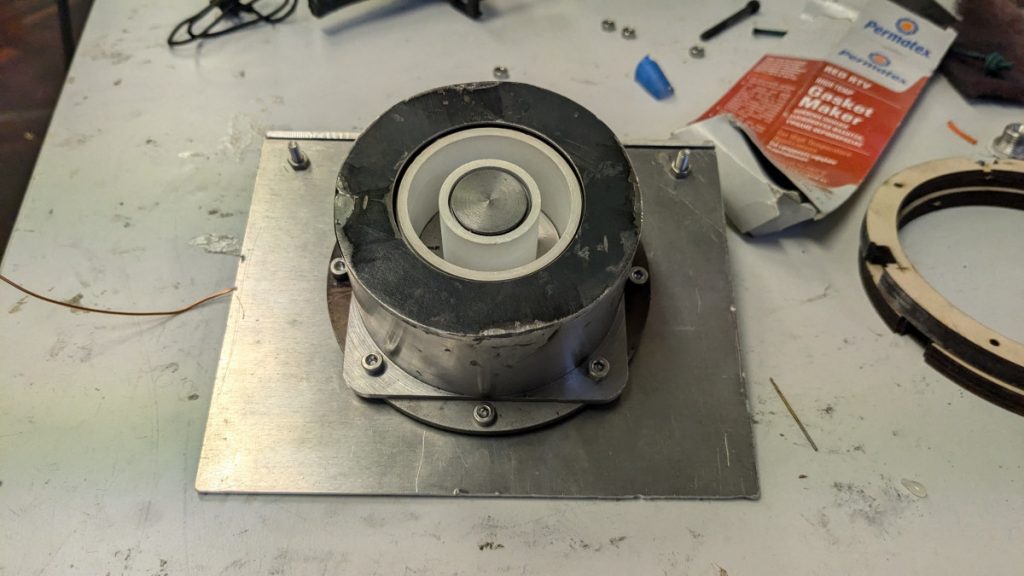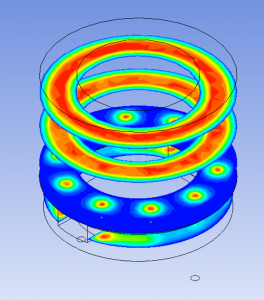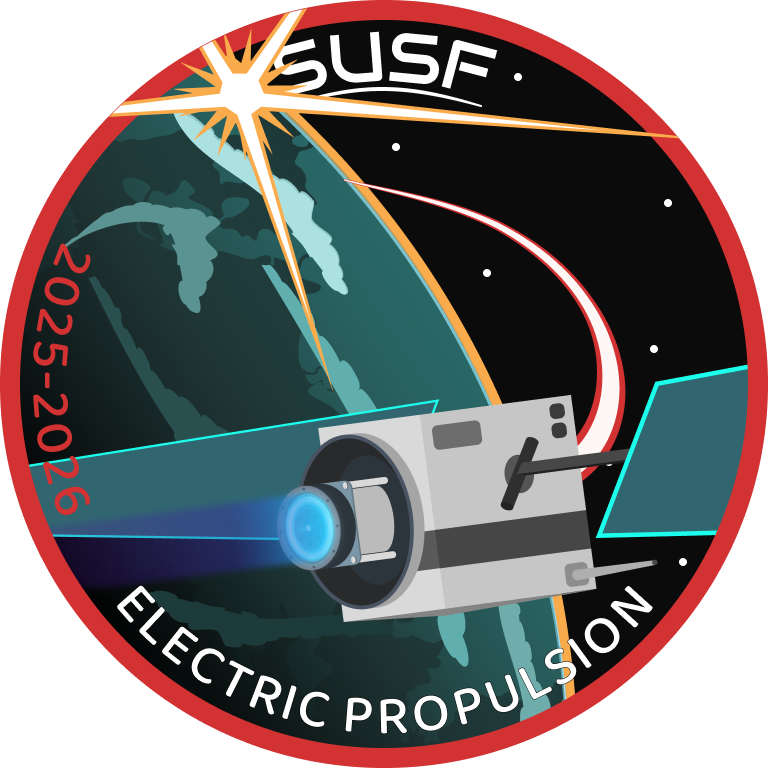
One of Southampton University’s hidden gems is its abundance of vacuum chambers, and what better a way for us to use them than with a Hall effect thruster!
Hall effect thrusters are renowned for their high efficiency, making them an ideal choice for in-space application, such as the propulsion of various satellites. Take a look at some of the images below to see how we developed our very own Hall effect thruster.
The electric propulsion team has spent the last year designing and manufacturing Io2, which is now very close to completion. During this time, the team spent much time researching and simulating to determine optimum shapes for the geometry. Since Io2 is designed to be magnetically shielded, the magnetic circuit must produce a topology that will succeed in doing this. Furthermore, much time has been spent reducing the cost of manufacturing, enabling the team to make the thruster for as low a cost as possible.
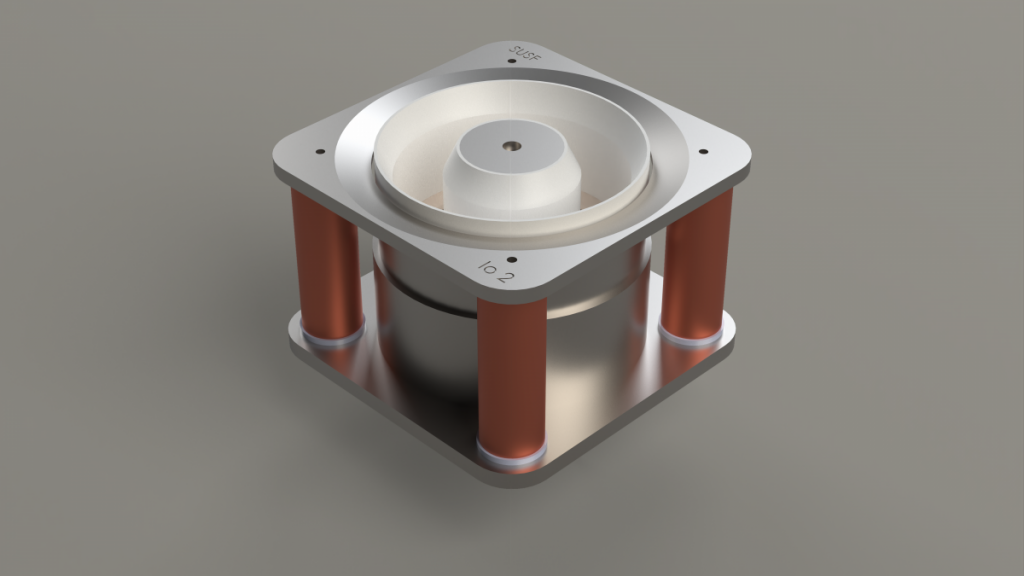
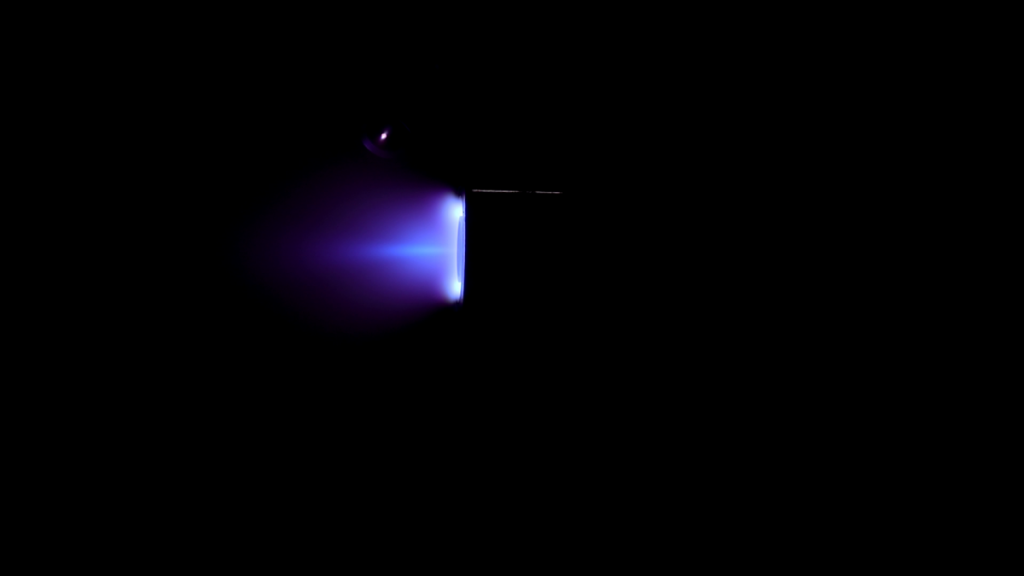
Before this project, SUEP had done the same with Io1, which was successfully tested in February of 2025; the testing revealed many issues with the design, though. The lessons learned from Io1 have also fed directly into our Hall thruster development cycle, ensuring we don’t make the same mistakes as before. In the coming year, we plan to take the knowledge gained from Io2 as well to develop a brand-new thruster, which will attempt something never tried by an undergraduate student society team before (to our knowledge). This will hopefully give SUEP invaluable knowledge and experience to allow us to tackle more challenging and exciting projects in the coming years.
